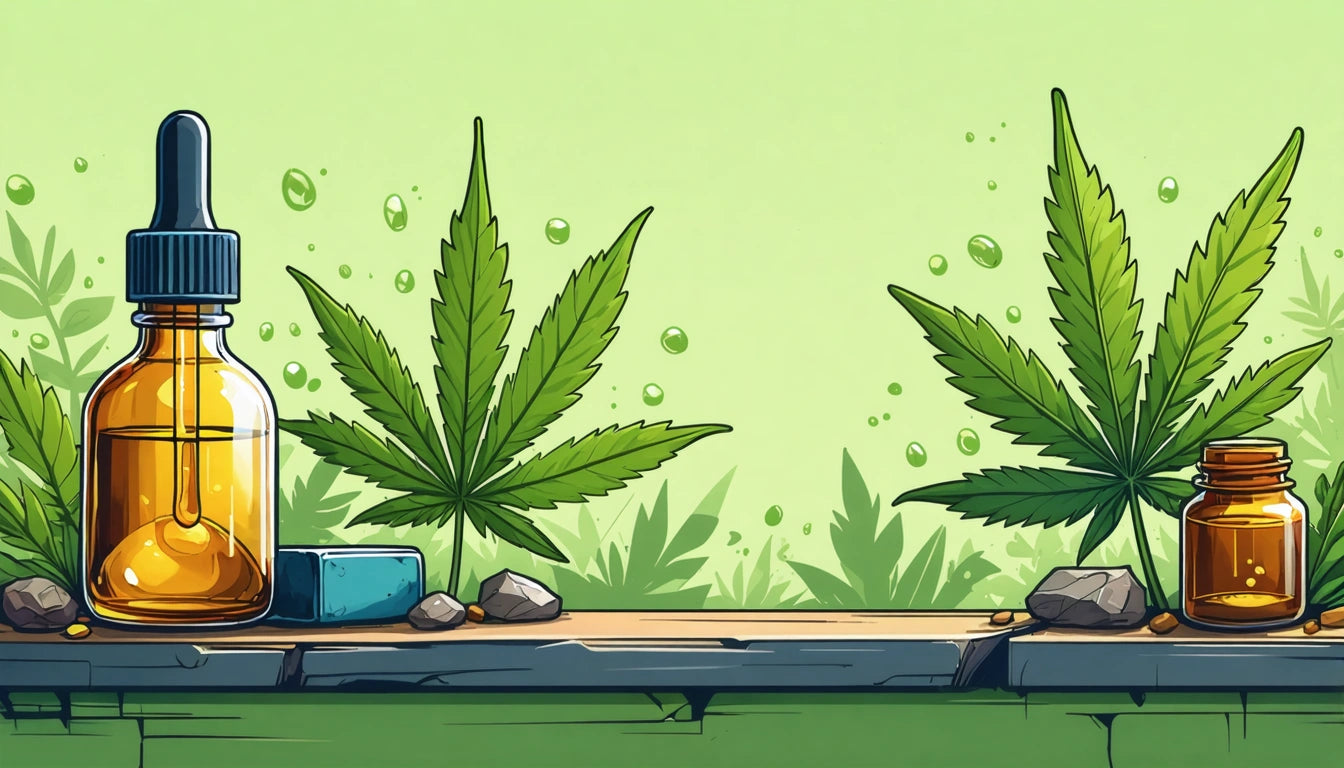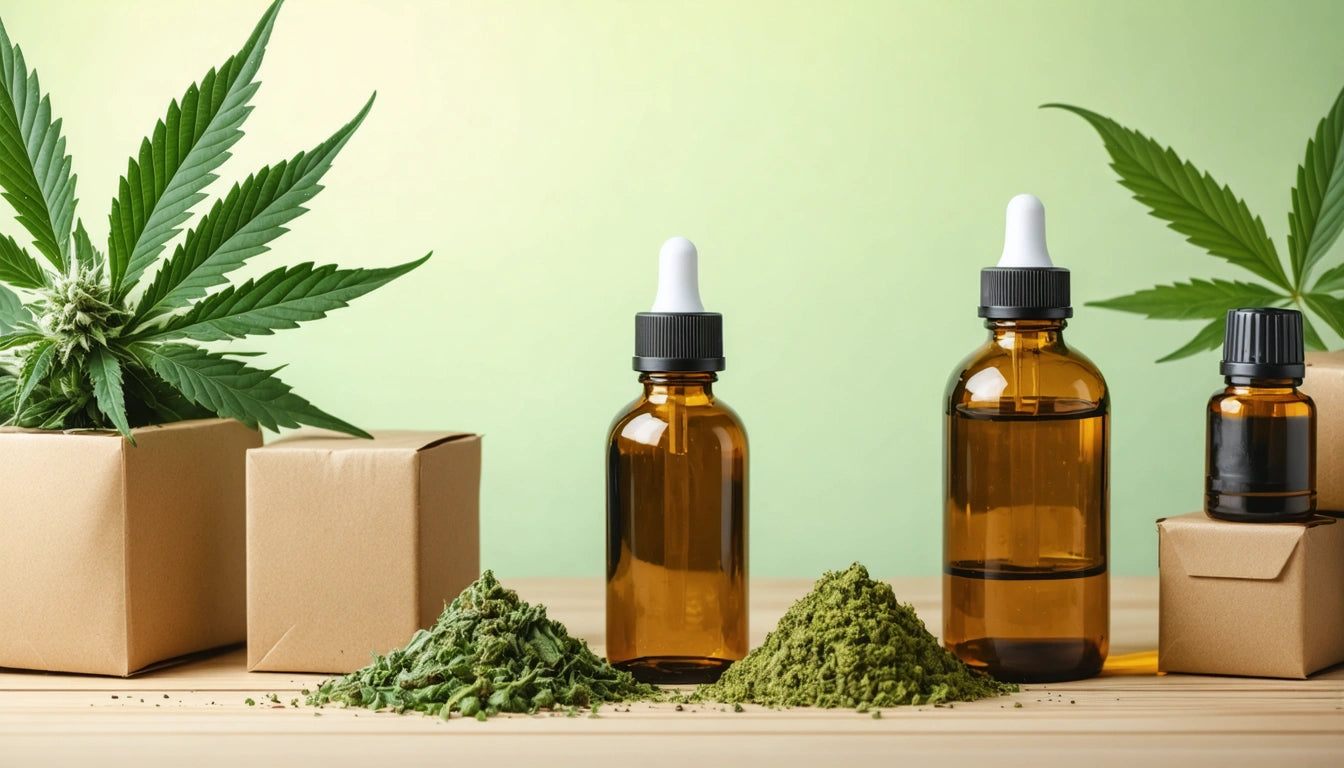Table of Contents
- Understanding Hash Oil: What It Is and Its Uses
- Common Production Methods for Hash Oil
- Butane Extraction: Making BHO Hash Oil
- Solventless Methods for Extracting Hash Oil
- Hash Oil vs Wax: Understanding the Differences
- Cooking with Hash: Making Hash Butter and Edibles
- Safety Considerations for Hash Oil Production
- Future Applications and Innovations in Hash Oil Production
Exploring Hash Oil: Production Methods and Comparisons
Hash oil has become increasingly popular among cannabis enthusiasts for its potency and versatility. This concentrated form of cannabis can be used in various ways, from dabbing to vaping to cooking. Understanding how hash oil is made and how it compares to other concentrates like wax can help consumers make informed decisions about their cannabis products.
Understanding Hash Oil: What It Is and Its Uses
Hash oil is a concentrated cannabis extract that contains many of the plant's cannabinoids and terpenes. It's typically dark amber or golden in color and has a thick, viscous consistency. The potency of hash oil can range from 60% to over 90% THC, making it significantly stronger than traditional cannabis flower.
Hash oil can be consumed in multiple ways, including:
- Dabbing with specialized equipment
- Vaporizing in compatible devices
- Adding to flower in joints or pipes
- Incorporating into edibles and topicals
- Using in pre-rolled products like specialized pre-roll cones designed for concentrates
Common Production Methods for Hash Oil
If you're wondering how to extract hash oil, there are several methods available, each producing slightly different end products. The main approaches fall into two categories: solvent-based and solventless extraction.
Solvent-Based Extraction
Solvent-based methods use chemicals to strip cannabinoids and terpenes from plant material:
- Butane extraction (BHO)
- CO2 extraction
- Ethanol extraction
- Propane extraction
Solventless Extraction
Solventless methods rely on physical processes rather than chemicals:
- Rosin press technique
- Ice water extraction
- Dry sift method
Each method has its advantages and produces different consistencies and flavor profiles, as detailed in this guide on hash and hash rosin production.
Butane Extraction: Making BHO Hash Oil
For those wondering how to make butane hash oil (BHO), it's important to note that this method requires specialized equipment and knowledge. Professional production is strongly recommended due to safety concerns.
The basic process involves:
- Packing dried cannabis into a tube
- Passing butane through the tube to dissolve cannabinoids
- Collecting the resulting solution
- Purging the butane using heat and vacuum
The result is a potent concentrate that can take various forms depending on the specific techniques used. Learning how to make BHO hash oil safely requires proper training and equipment, as improper methods can lead to dangerous situations.
Solventless Methods for Extracting Hash Oil
For those concerned about solvents, there are several methods for how to make hash oil without chemicals. These approaches are generally safer for home production but may yield less potent results.
One popular solventless method is rosin pressing, which uses heat and pressure to squeeze resinous sap from cannabis. This technique is detailed in this comprehensive guide to hash techniques.
Another approach is ice water extraction, which uses cold temperatures to separate trichomes from plant material. The resulting hash can then be further processed into an oil-like consistency.
Hash Oil vs Wax: Understanding the Differences
When comparing hash oil vs wax, the main differences lie in consistency, potency, and production methods:
- Consistency: Hash oil is typically more liquid, while wax has a solid, opaque appearance
- Production: Both can be made using similar extraction methods, but wax undergoes agitation during the purging process
- Usage: Oil is often easier to work with for certain applications, while wax may be preferred for dabbing
- Stability: Wax tends to degrade faster than more stable oil forms
Both products contain high concentrations of cannabinoids, but their different textures make them suitable for different consumption methods. For smoking techniques, this guide on smoking hash and hash oil provides valuable insights.
Cooking with Hash: Making Hash Butter and Edibles
For those interested in how to make hash butter, the process involves infusing butter with hash or hash oil. This creates a versatile cooking ingredient that can be used in various recipes.
The basic steps for making hash butter include:
- Decarboxylating your hash to activate cannabinoids
- Melting butter in a saucepan over low heat
- Adding the hash and simmering (not boiling) for 2-3 hours
- Straining and cooling the infused butter
This infused butter can then be used in any recipe that calls for regular butter. For more detailed instructions, this guide on cooking with hash provides recipes and techniques.
Similarly, cannabis-infused cooking oils can be made using hash oil as an ingredient, as explained in this guide to making weed-infused cooking oil.
Safety Considerations for Hash Oil Production
When learning how to make hash oil at home, safety should be the primary concern. Some important safety considerations include:
- Never attempt butane extraction indoors or without proper ventilation
- Use food-grade solvents only if attempting solvent-based methods
- Ensure all equipment is clean and specifically designed for extraction
- Work in a well-ventilated area away from ignition sources
- Consider solventless methods as safer alternatives
For those wondering where can you get hash oil, legal dispensaries in states with recreational or medical cannabis programs are the safest option. These products are lab-tested for potency and purity, eliminating the risks associated with home production.
Future Applications and Innovations in Hash Oil Production
The world of hash oil continues to evolve with new technologies and applications emerging regularly. Future trends include:
- Advanced extraction technologies that preserve more terpenes
- Specialized formulations targeting specific effects or medical benefits
- Improved safety features in production equipment
- Sustainable production methods with reduced environmental impact
- Novel consumption devices designed specifically for oils
As the cannabis industry matures, we can expect continued innovation in how hash oil is produced, packaged, and consumed. For those interested in the origins and evolution of hash products, this article on understanding hashish provides historical context and production insights.











Leave a comment
All comments are moderated before being published.
This site is protected by hCaptcha and the hCaptcha Privacy Policy and Terms of Service apply.